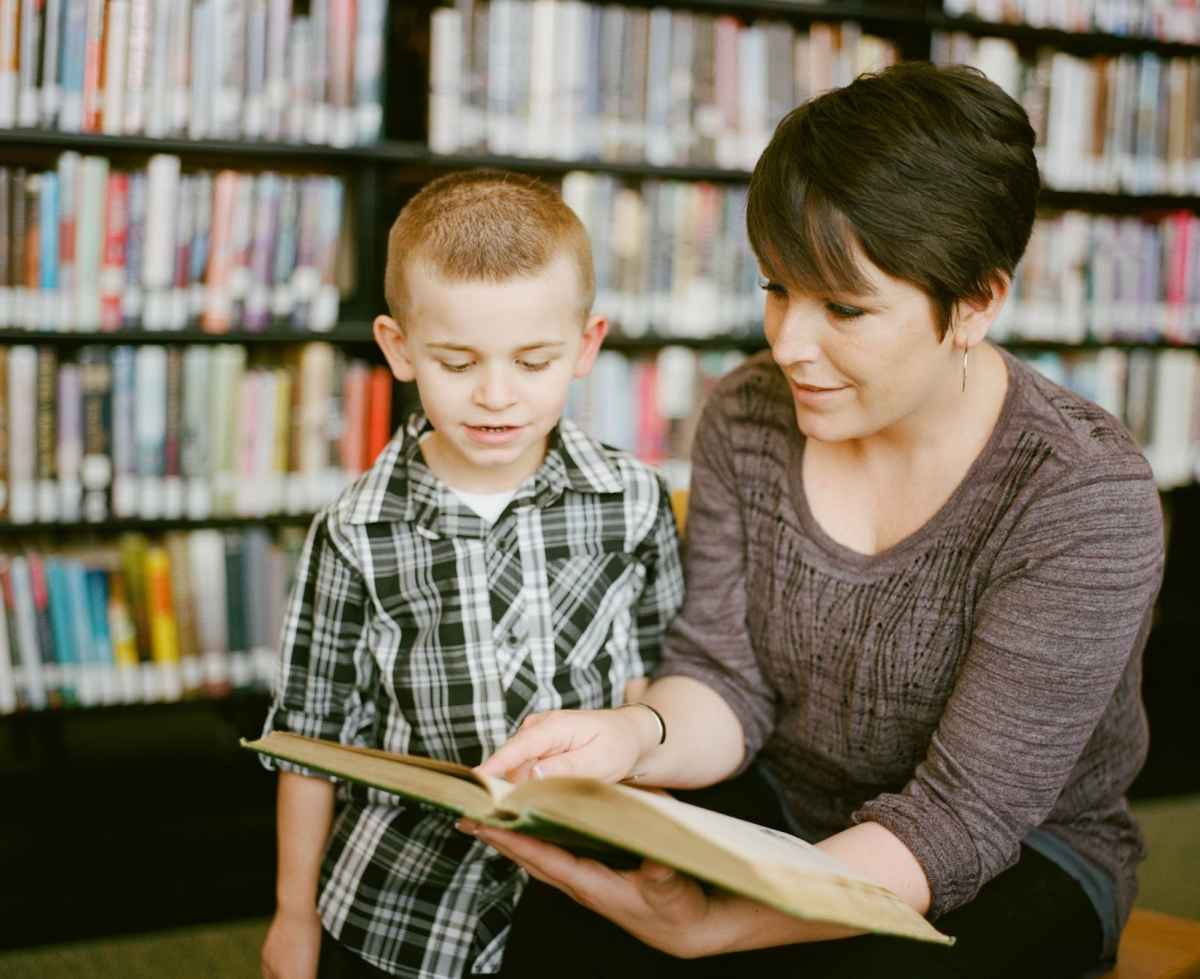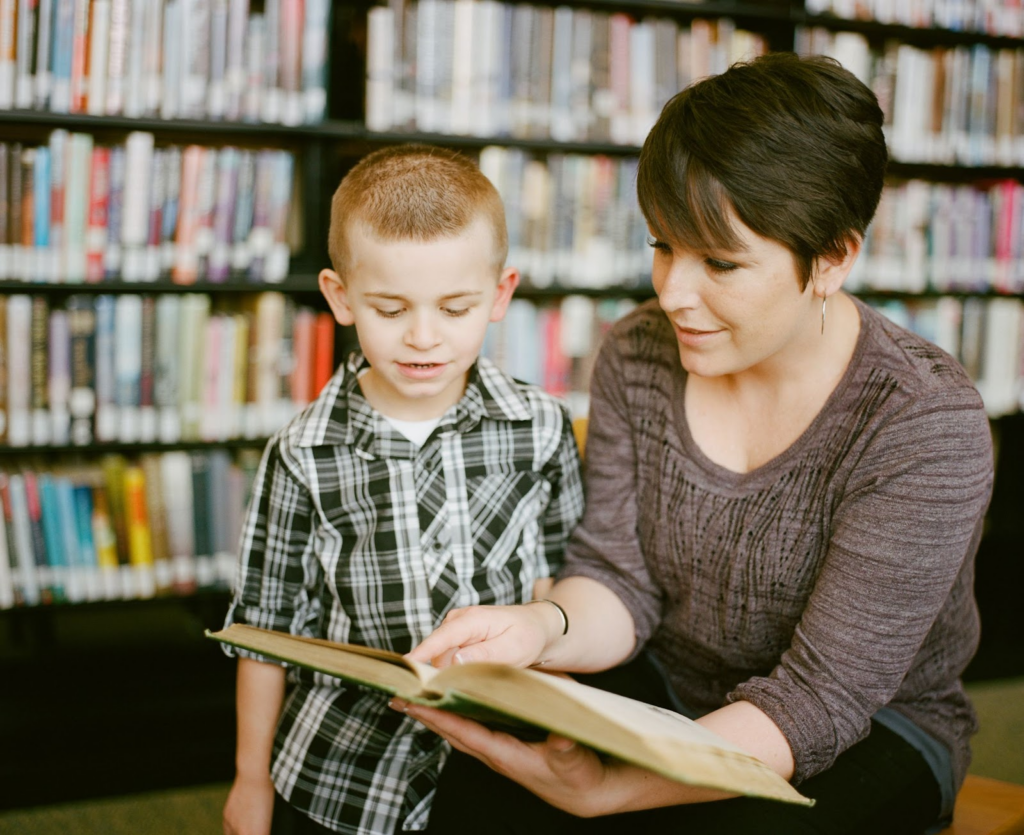
Educating the Brain: Strategies for Optimal Learning and Retention

While educating the brain is only natural, not many school curriculum structures are based on brain-based learning as a primary method of teaching. Nevertheless, focusing on the improvement of cognitive skills, modern educators are facing the challenges of virtual education and emotional attachment, which makes focus and delivery of the message quite problematic. According to scientists, understanding how the brain learns must be connected to the levels of cognitive development of a person because every student matures and perceives information differently. There should be no pushing as only analysis and a positive attitude can make a major difference. Therefore, one should use various strategies to make the learning process and retention optimal and fun to let everyone feel inspired and engaged.
Strategies for Optimal Learning and Retention
– Keeping Your Teaching Tone Positive.
The main purpose of teaching is to help students feel emotionally safe as they learn things and overcome inner insecurities. Start by creating a positive environment where your students are not afraid to ask questions and pose different opinions. You have to stay positive to help others eliminate high levels of stress and anxiety. It will also help to remove various learning blocks and will make the brain feel safe. This way, you can increase the level of engagement and establish much better cooperation where no person is left behind.
– Prior Discussion and Student Engagement Trick.
Do not just follow the curriculum blindly because it’s always possible to start with a prior discussion and let your students do the talking. Ask them about their thoughts and use the answers as a special warm-up activity. Of course, if you are unsure about what questions to ask or what rubrics to share, it’s always possible to seek research paper help online and discuss your objectives with a trained expert. This way, you can think about starting with creative assignments where your students participate, thus leading the way they learn!
– Adding Strong Visuals and AR Tools.
Do not ignore the use of visuals, as most students will find it easier to get their brain focused if they can see the concepts visually. While posters and presentations in the classroom are always helpful, think about adding more technology by using TEDx videos and Augmented Reality technology that allows students to use animation and creation of slides. Even if simple, such a method will help students to get creative and showcase how well they have mastered a certain concept.
– Adding Small Breaks.
Remember that our brain needs to take some rest once in a while. Don’t let your students sit and wait for the break to take place by adding more time for leisure during the lesson. The trick is to break down the complex concepts into smaller parts. Tell your students to make a list of key phrases or things that they have remembered the most. This way, it will be much easier to manage and retain information as the studies will become more optimal.
– Brain Activity and Physical Motion.
If you wish to achieve better retention as you teach or learn, think about adding physical motion. These may include dances, active games, listening to music, competitions, and work in the school garden. As the retention process takes place, you have to increase the activity of the brain. A safe and fun way to do that is to add more physical activity to the lesson. While it’s often suitable for younger learners, it has become more popular among college students, too, so give it a try!
Biologically-driven Learning Methods?
In a certain sense, it is! The primary role of an educator is to understand how the brain functions, so the retention aspect can be addressed by focusing on individuality. The Biology factor becomes obvious here since every learner will have a certain biological peak that they have to reach first to enter the learning mode. It’s like the toddlers understand that crying is one of the methods to get someone’s attention. It works almost as an instinct where the brain sends a relevant signal! The learning processes must be approached by educators in the same way by combining the use of Psychology, Neurology, and technological advancements. One should focus on the peculiarities of listening and the best ways of taking notes by applying games, dances, verbal language, and things that can help students repeat and replicate certain processes easier. It is all about Biology and the creation of a special environment that makes learning accessible and fun!
BIO
Olivia Evans is a trained psychologist and educator who strives to make education accessible and fun. As an avid explorer, she loves combining Psychology, Anthropology, History, and Biology as she makes complex concepts simpler. Follow Olivia to make your learning inspiring and unfold your skills.












